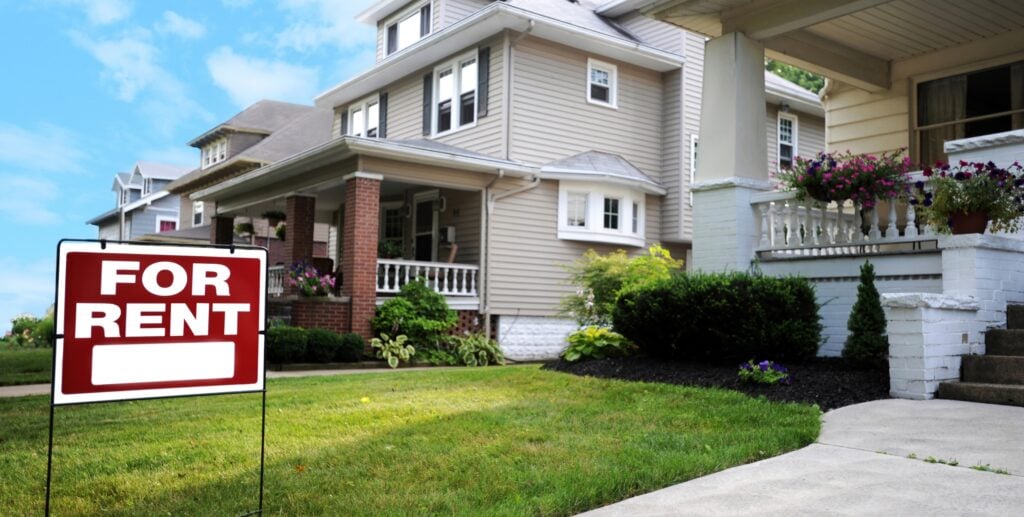Unlocking Hidden Losses: The Impact of Vacancy Gaps on Your Profits
In the competitive world of real estate and property management, every decision can significantly affect your bottom line. While most stakeholders focus on maximizing occupancy rates and reducing operational costs, one often-overlooked factor can quietly erode profits: vacancy gaps. Understanding and addressing these hidden losses is crucial for property managers, landlords, and investors looking to optimize their returns.
What Are Vacancy Gaps?
Vacancy gaps refer to those periods when a rental property, whether residential or commercial, sits unoccupied between tenancies. These gaps may arise for various reasons — from maintenance and repairs taking longer than anticipated to delays in finding suitable tenants. While a certain amount of vacancy between tenants is expected, excessive or poorly managed vacancy gaps can become a significant financial drain.
The Financial Impact of Vacancy Gaps
Lost Rental Income: The most direct impact of vacancy gaps is the loss of rental income. Every day a property remains unoccupied is a day without revenue. This loss accumulates quickly, especially for high-value properties.
Increased Carrying Costs: During vacancy periods, property owners are still responsible for carrying costs such as mortgage payments, taxes, insurance, and utilities. These ongoing expenses can add up, further shrinking net profits.
Higher Marketing and Turnover Costs: Filling vacancies often requires additional spending on marketing to attract new tenants. If the property is not in move-in-ready condition, you may also incur costs related to cleaning, repairs, or renovations. Frequent turnover can also lead to wear and tear, imposing higher maintenance costs over time.
Opportunity Costs: Long periods of vacancy can result in missed opportunities to maximize revenue from a property. In rapidly appreciating markets, delays in securing tenants at current market rates can mean lost potential income.
Strategies to Minimize Vacancy Gaps
Proactive Marketing: Start marketing the property well before the current tenant’s lease ends. Leveraging online platforms, social media, and rental networks can broaden your reach and attract potential tenants quickly.
Strategic Lease Timing: Align lease terms to end in high-demand seasons to take advantage of better renter activity and quicker turnover. In many areas, peak rental seasons correspond to summer months when relocations are more common.
Efficient Turnover Processes: Streamline the repair, cleaning, and renovation processes to minimize downtime between tenants. Establish relationships with reliable contractors to ensure timely and cost-effective service.
Tenant Retention: While the primary focus is on managing vacancies, reducing tenant turnover through improved tenant satisfaction is equally essential. This can be achieved through excellent customer service, timely maintenance, and providing incentives for lease renewals.
Pricing Competitively: Conduct market research to ensure rental rates are competitive. Properties priced too high might remain vacant longer, while strategic pricing can attract tenants more quickly.
Conclusion
Vacancy gaps are often an unrecognized yet pivotal factor affecting the financial performance of rental properties. By acknowledging their impact and implementing strategic measures to reduce them, property owners and managers can unlock hidden profits and enhance the overall profitability of their investments. Proactive management and strategic planning are key to turning potential pitfalls into opportunities for growth and success in the real estate market.

